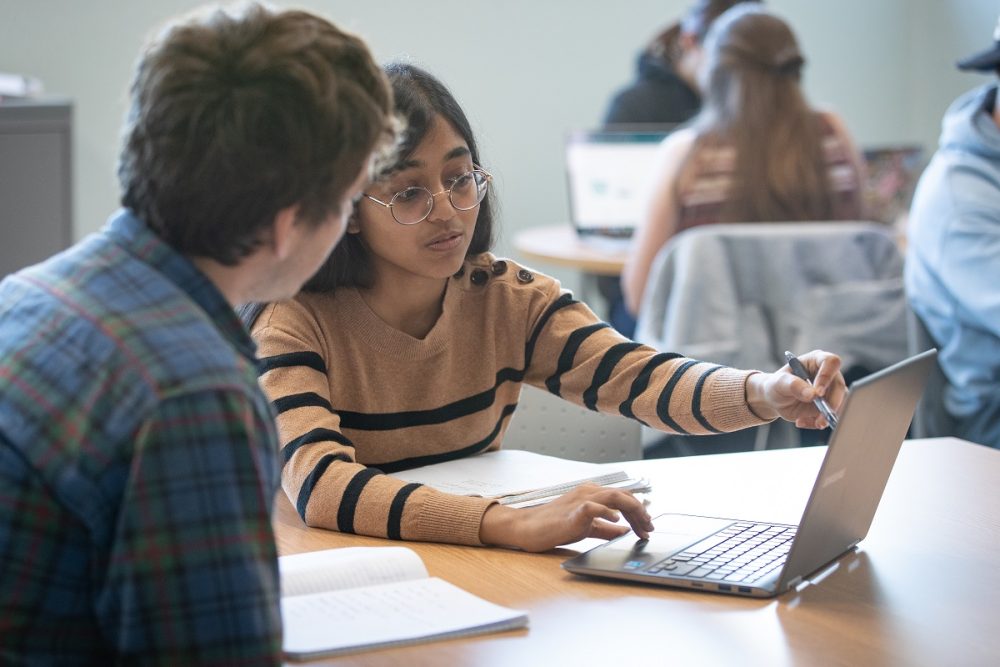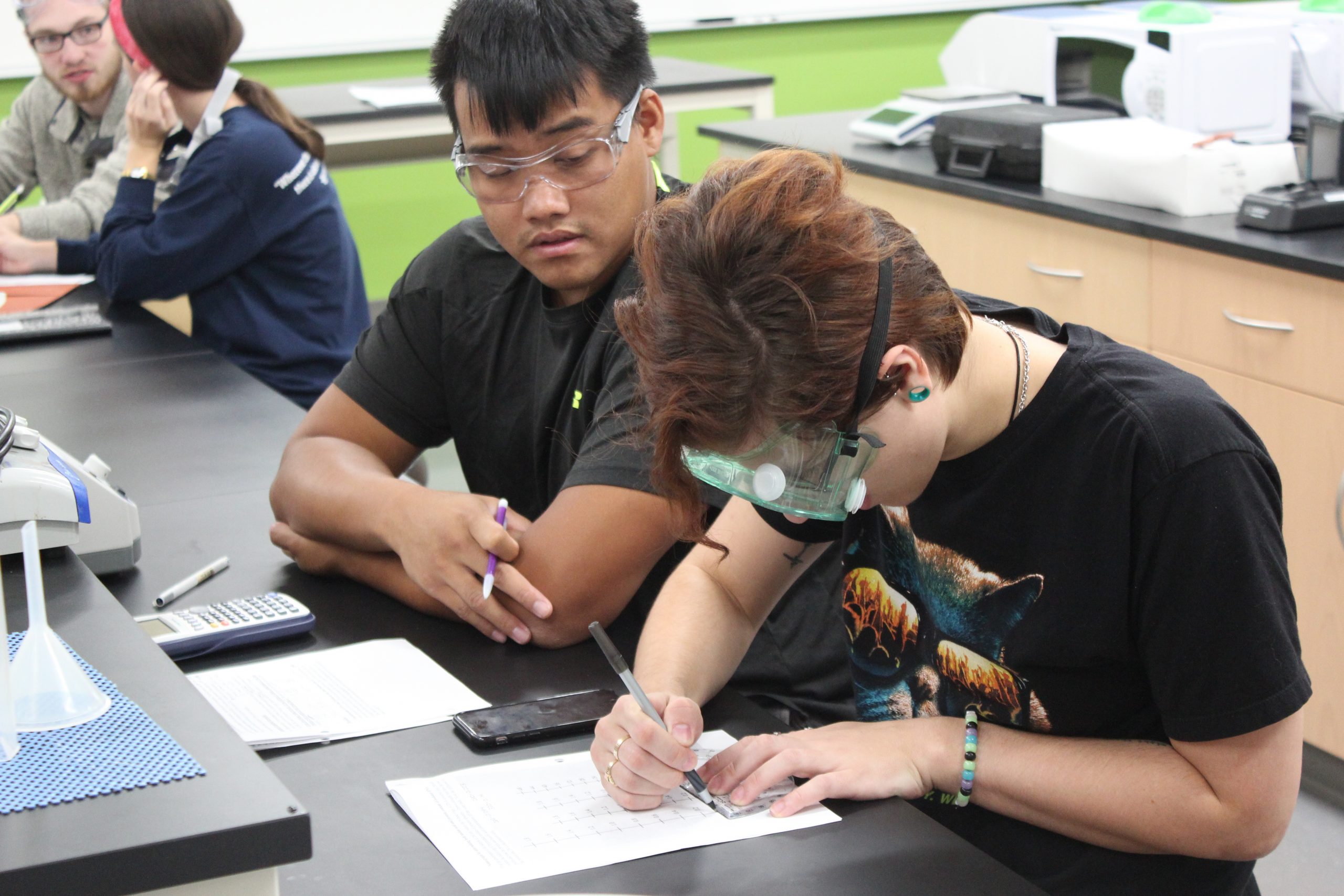Theme Two: Expanding the Educational Opportunities for Student Success
We will take a multi-faceted approach to adapt our program content and delivery to meet the demands of a changing economy, an evolving higher education landscape, and shifting demographics. UW-Stevens Point has always been a university that serves primarily traditional-age students. However, as the size of that population continues to decrease, we can improve our financial sustainability and better serve our region by increasing our ability to serve post-traditional students while also maintaining the open access that our branch campuses have long provided.

Even as college enrollments decrease, the demand for workers increases. There is a substantial population of adults in Wisconsin with some college experience but no degree. While much of this population has an interest in further education, they may need, or prefer, courses and programs offered in online or hybrid formats and structured outside the traditional 15-week semester. They also need course design and instructional approaches tailored to post-traditional students. Some of these potential students need a flexible pathway with value added that is professionally recognized along their degree progression. Such students will be better served with a variety of ways to earn credentials; in addition to associates’ degrees, these could include certificates that will advance their careers and, over time, combine with other certificates and courses to lead to a degree, as well as non-credit continuing education courses and experiences. Some rising professionals who already have a bachelor’s degree will be interested in graduate programs, and market analyses will be needed to identify new enrollment opportunities for them.
Serving these students will require a coordinated effort to identify the programs we bring to market, changes to the ways we deliver courses, and the provision of needed support services. We will make evidence-based decisions about which programs meet the needs of our students and local communities, and how we can best deliver them to this population. We will bring together people with expertise in post-traditional student populations, the northern part of the state, our academic departments, and support services to work together to identify and prioritize the opportunities.
In addition to better serving post-traditional students we will also increase and expand access to serve a more diverse student body. Not only will we serve the school districts in central and northern Wisconsin, utilizing distance education and campuses in Wausau and Marshfield to provide dual-enrollment courses and CESA programs, but we will also extend our resources to serve our communities and the state.

While we adapt to the needs of the post-traditional students in our region, we must also refine our program array to better serve diverse traditional-age students. We have high-profile programs that help define our identity as a university and that can attract students from out of state, and we will maintain the quality of these programs. At the same time, we must maintain adequate breadth in our offerings in order to serve the students in our region, for some of whom UW-Stevens Point is their best (or even their only) choice for a four-year degree due to cost or location. While we cannot provide every program students may desire, given our limited resources, providing a broad array of programs is crucial to meet the needs of these students. Any decisions to eliminate programs must be informed by this necessity.
We will also make our course array fiscally responsible. Often our most high-profile programs are also expensive to offer. We must balance our high-cost programs with others that are less expensive, determining the number and size of the high-cost programs we can sustain, and what other programs best complement them.
As we expand our services for the post-traditional students, we will continue to offer programs sought by diverse, traditional-age students. This will require ongoing review, informed by knowledge of the new generation of students.
To accomplish this, our budget experts will collaborate with our marketing team and our academic units. Our decisions will be based on quantitative and qualitative data from our program review process and informed by the need to find the optimal mix of programs to serve our students in a fiscally sustainable way. We will work to create mutualistic and collaborative relationships between programs.
Goals:
- We will increase and expand access by enhancing strategic partnerships with high schools and other educational institutions that support college-bound student success, college completion, and enrollment growth for a diverse student body.
- We will grow programs and harness technologies to support post-traditional and graduate learners through creative delivery methods including but not limited to branch campuses, hybrid, online, or collaborative models. This shall involve strengthening student support in terms of course timing/availability, academic calendars, evening/weekend classroom, office and service access, and prior learning experience.
- We will develop and implement internal systems and structures to better serve diverse prospective students in our market. The system should use data to determine financial and program viability, and inform new programs/offerings relevant to K-12 traditional, post-traditional, graduate, and continuing ed students.
- We will increase our unique cross-disciplinary work to leverage (or promote) our strengths in sustainability, global awareness, and diversity, equity, and inclusion, for prospective students at all credential and continuing education levels.